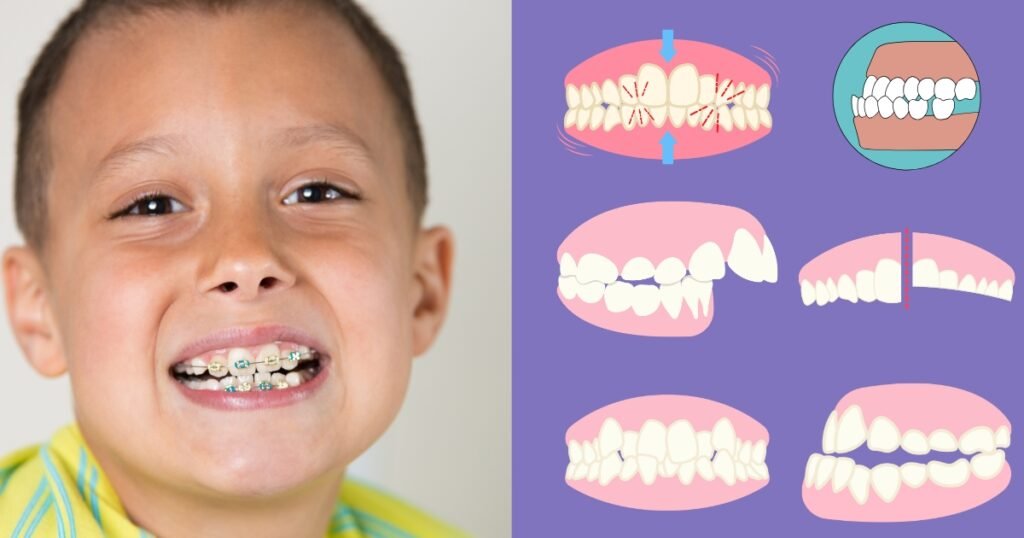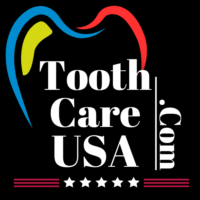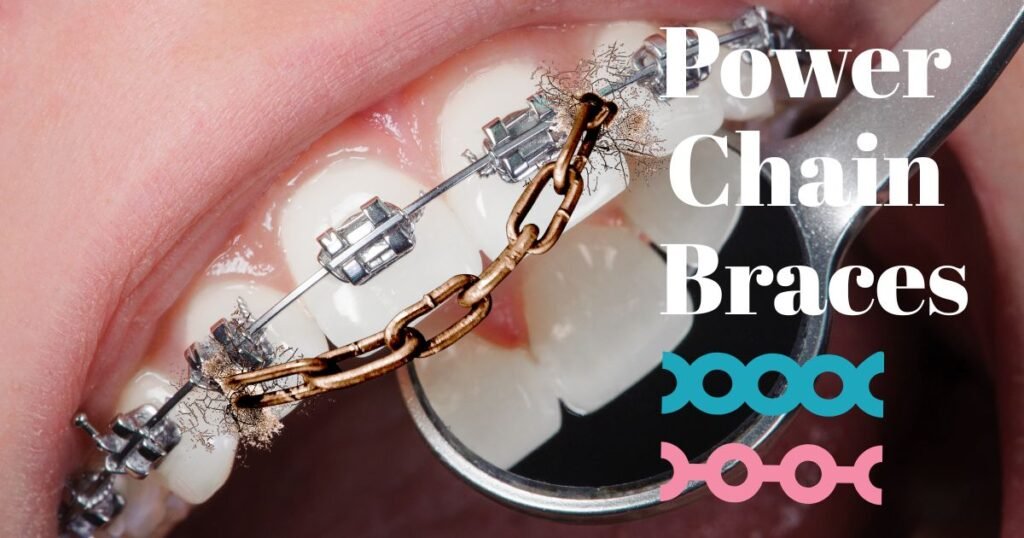Orthodontics: More than just Metal Braces. Orthodontic treatment is an integral part of oral health care and is often synonymous with teenagers and metal smiles. But starting braces at the age of 8 has caught on with both parents and the dental community. This paper explores the complex world of early orthodontic treatment, including its purpose, advantages, and controversies, and the effects on a child’s oral health.
Does My 8-Year-Old Need Braces?
Use this interactive guide to understand if your child might need early orthodontic evaluation.
Quick Assessment
Typical Orthodontic Timeline
- Ages 6–9: First orthodontic check-up recommended
- Ages 8–10: Early intervention for bite or spacing issues
- Ages 11–13: Traditional braces if needed
- Ages 14–18: Retainers or fine-tuning adjustments
Frequently Asked Questions
Is 8 too young for braces?
Not necessarily. Early orthodontic treatment can prevent more severe problems later on.
What are signs my child needs braces?
Crowded teeth, difficulty chewing, or mouth breathing may all indicate a need for orthodontic evaluation.
Will insurance cover braces?
Many insurance plans cover a portion of orthodontic care, especially if medically necessary.
The Rationale Behind Early Orthodontic Treatment

The American Association of Orthodontists recommends that a child get his or her first orthodontic check-up no later than age 7. This proactive approach enables orthodontists to spot problems early on that respond best to early treatment. Not all kids don’t need to have braces at age 8, but some cases need to be addressed early to assist the ideal growth of the teeth.
Key Indicators for Early Intervention

- Crossbites: Upper teeth bite inside lower teeth, causing misalignment in the way the jaw grows.
- Severe Crowding: When there is not enough room for permanent teeth to come in the right position.
- Buck Teeth: This is when teeth are too protruding, making them more likely to be damaged.
- Under bites: The lower jaw protrudes farther than the upper jaw.
- Bites: Overbites- upper front teeth are protruding and overlap the lower front teeth.
Early intervention can help prevent more serious problems
Benefits of Braces at Age 8

Phase One treatment, also referred to as early orthodontic treatment, is designed to intercept potential issues and facilitate the growth of the jaw and facial bones. The benefits include:
- Jaw Development: Guides jaw growth to promote proper development of the lower and upper jaws.
- Making Room: Allows for eruption of Permanent teeth for the correct development.
- Reducing the Risk of Trauma: Straightening the front teeth can reduce the risk of injury.
- Enhanced Oral Function: Helps with biting, chewing, and speech development.
- Self-Esteem Enhancement: Addresses cosmetic issues that can make a child self-conscious.
Considerations and Potential Risks

Though early intervention provides clear benefits, the potential risks need to be weighed:
- Overtreatment: Starting treatment when it is not indicated may be costly and time-consuming.
- Compliance Challenges: It can be hard for younger kids to be responsible for caring for braces.
- Extended Treatment Duration: Early treatment could require a second phase of treatment after the permanent teeth have erupted (This would be the case for me as a parent.)
An examination by an experienced orthodontist should be done in order to assess the need for braces at 8 years old.
The Two-Phase Treatment Approach
Early orthodontic treatment can often be a two-phase process:
- Phase One (Early Treatment): Is aimed at correcting major developmental problems and creating an ideal environment to accommodate the permanent teeth.
- Phase Two (Full Treatment): Takes place when the majority of permanent teeth have erupted; normally , full braces are put in place to complete the alignment.
This approach represents an effort to achieve the best possible long-term outcome and reduce the likelihood of more extensive procedures in the future.
Parental Role and Support

The success of early orthodontic treatment is due in large part to the efforts of the parents:
- Education: Knowledge of the treatment plan and its goals.
- Encouragement: Encouraging the child to comply with orthodontic instructions.
- Monitoring: Compliance with oral hygiene and appointments.
Active parental involvement can significantly enhance treatment outcomes.
Conclusion
Choosing braces at age 8. The decision to get braces at 8 is a complicated decision with careful consideration of the patient´s unique dental needs. Early orthodontic treatment may be advantageous in directing normal oral development, helping to prevent future problems. If you get a consultation with an experienced orthodontist, you’ll get personalized guidance to make sure any treatment started is in the best interest of the child’s long-term dental health.
FAQs On Braces at Age 8
Is 8 too early to get braces?
No, 8 is not too soon if problems with teeth are detected early. This is what is known as “interceptive orthodontics”, where treatment starts before all the permanent teeth have erupted to influence proper growth patterns.
The preferred age for initial evaluation is 7 years.
Early treatment deals with jaw growth and bite problems.
Nip worse problems in the bud.Why would a child need braces at age 8?
Yes, they are only necessary if early warning signs of orthodontic problems are detected and diagnosed by a professional.
Each case is unique
Evaluation by a 7-year-old is recommended.
There are some kids whose second phase treatment comes laterWhat are the benefits of braces at age 8?
Braces can facilitate jaw growth, bite, and create the space needed for the permanent teeth to erupt, reduce the chances of traumatic injury in the case of protruded teeth, and in younger patients.
More gentle future treatments
Improves facial symmetry
Encourages better oral habits
Boosts self-esteemWhat is Phase 1 orthodontic treatment?
Phase 1 means intervention early on, in the first dentition cycle (usually about age 6-10) for very severe dental problems or skeletal modifications that lead to full braces at a later date.
Readies the mouth for new teeth to come in
Uses braces or expanders sparingly
May decrease the requirement for extractionsDo all kids need braces at age 8?
No. Braces at age 8 are only needed if early signs of orthodontic problems are present and diagnosed by a professional.
Each case is unique
Evaluation by age 7 is advised
Some kids only need Phase 2 treatment laterWhat types of braces are used at age 8?
Children might have partial braces, expanders, or space maintainers to address certain issues as part of the early treatment.
Partial metal braces
Palatal expanders
Headgear (rare today)
RetainersHow long does early treatment usually last?
Phase 1 braces typically last 9 to 18 months, depending on the child’s condition and response to treatment.
Length depends on problem severity
Regular monitoring required
May follow up with Phase 2 laterWill my child need braces again later?
Yes, most kids need a second phase of braces (Phase 2) when all permanent teeth erupt, usually between ages 11–14.
Phase 1 guides growth
Phase 2 perfects alignment
Reduces total time in full bracesIs early orthodontic treatment painful?
You might feel some discomfort as your teeth shift, but braces are more comfortable than ever now, and any pain should only last a few days.
Soreness for a few days
How soft foods are a great help in adjustment
Oral-B’s market-leading wax makes relief of irritation possible.How much do braces at age 8 cost?
Costs vary widely, ranging from $2,000 to $4,000 for early treatment, depending on location, provider, and insurance.
Some dental insurance covers early braces
Medicaid may help if medically necessary
Flexible payment plans are availableDoes insurance cover braces at age 8?
Many dental plans and Medicaid may cover early orthodontics if considered medically necessary by a dentist or orthodontist.
Check your policy for details
Medical necessity must be proven
Coverage may include diagnostics and treatmentCan my child eat normally with braces at age 8?
With some adjustments, yes. Certain hard or sticky foods should be avoided, but most soft and healthy foods are fine.
Avoid gum, nuts, and hard candy
Eat soft fruits, veggies, and dairy
Good oral hygiene is essentialWhat are the signs my 8-year-old may need braces?
Symptoms include late or early loss of teeth, crowded teeth, difficulty chewing, thumb-sucking, or the child may have a jaw that shifts or makes noise.
Misaligned bite
Teeth are growing crooked
Overbite/underbite
Prolonged thumb-sucking habitHow do I prepare my 8-year-old for braces?
Explain the benefits of braces, promote good hygiene, and select soft foods during the adjustment.
Wow, I had no idea – wish ortho was teaching this.
Let them choose band colors
Be patient in the first few daysAre there risks in getting braces at age 8?
When recommended correctly, the risk is small. Overdose of the treatment or non-cooperation can cause longer recovery or repetition of the disease.
Employ experienced orthodontists
Make sure your child is following directions
Monitor oral hygiene closely

Dr. Niraj Ghanghoriya is a passionate dental surgeon with over 12 years of experience in clinical dentistry. He completed his BDS from the prestigious Sri Aurobindo Institute of Dentistry in 2012 and specializes in painless root canals, smile makeovers, and preventive oral care. Known for his patient-first approach and clear communication, Dr. Ghanghoriya aims to make dental knowledge accessible to everyone. When he’s not in the clinic, he enjoys writing informative dental blogs to help people take better care of their oral health.





